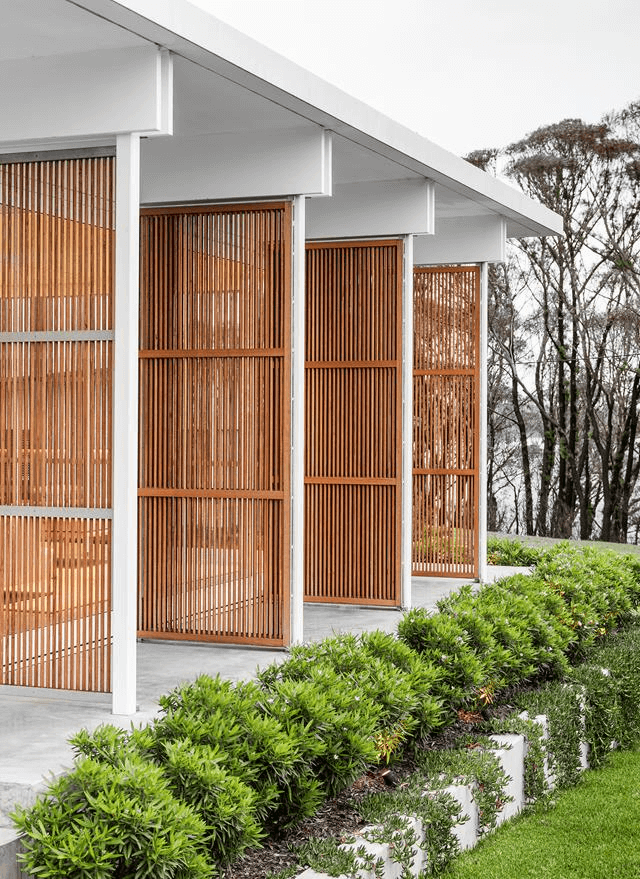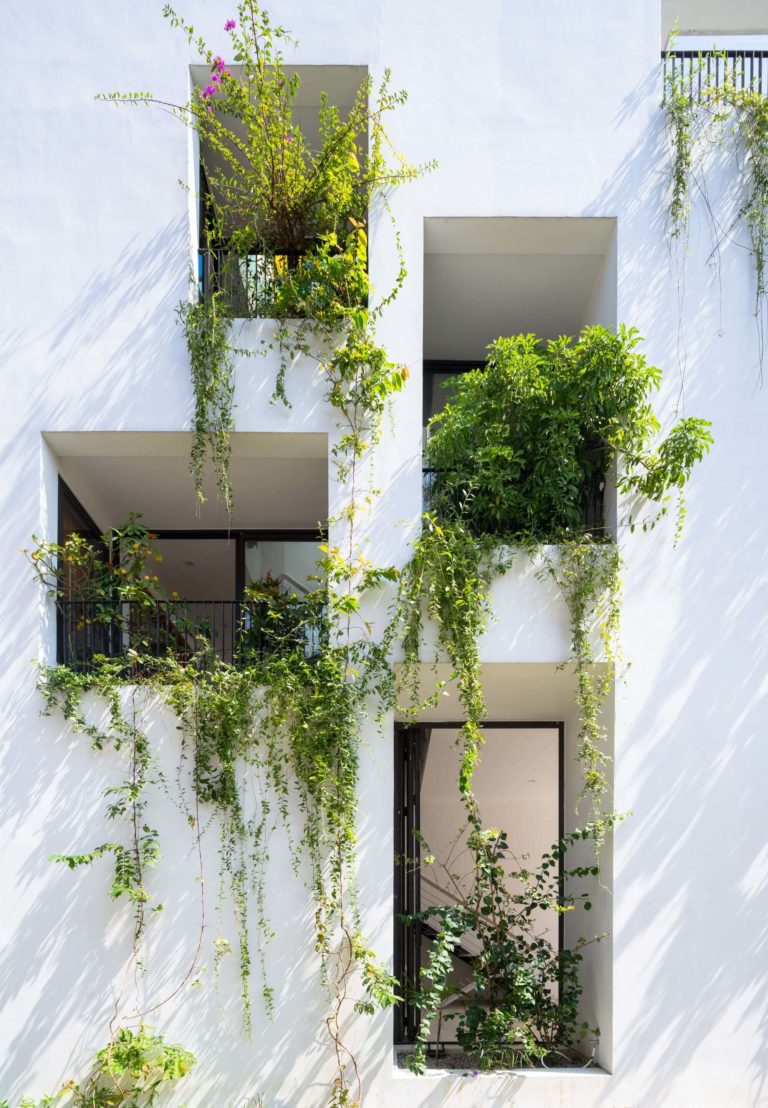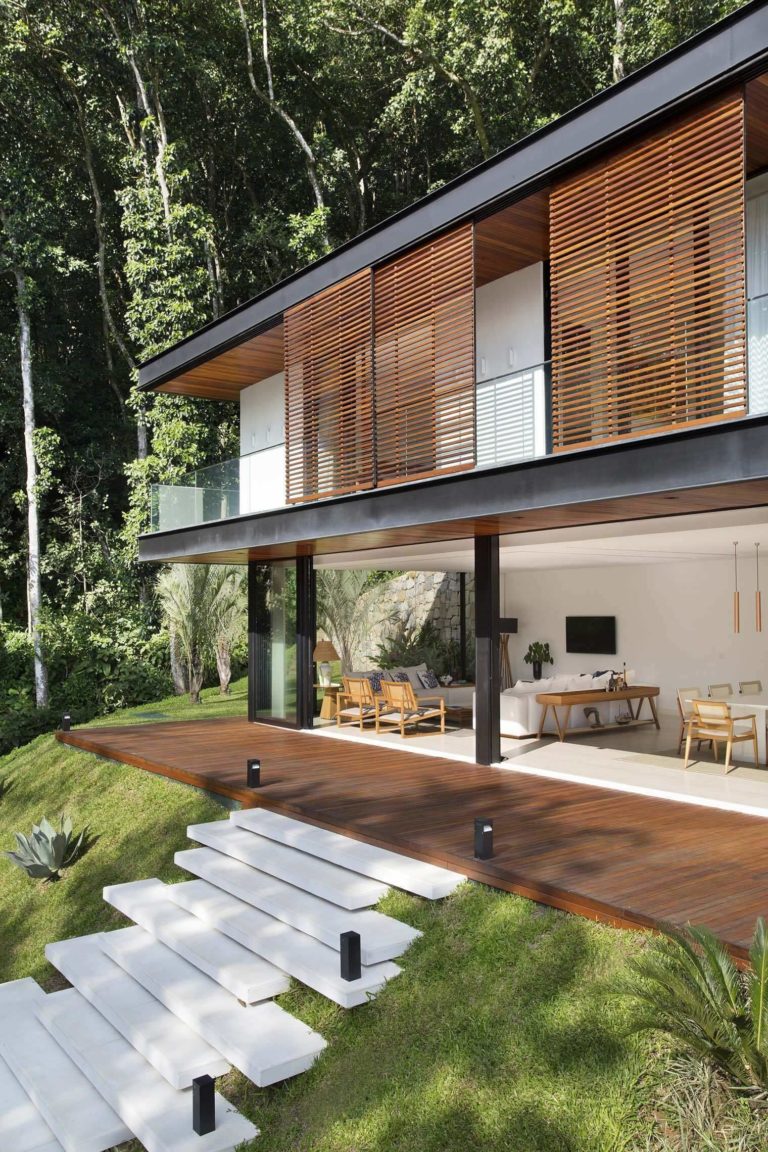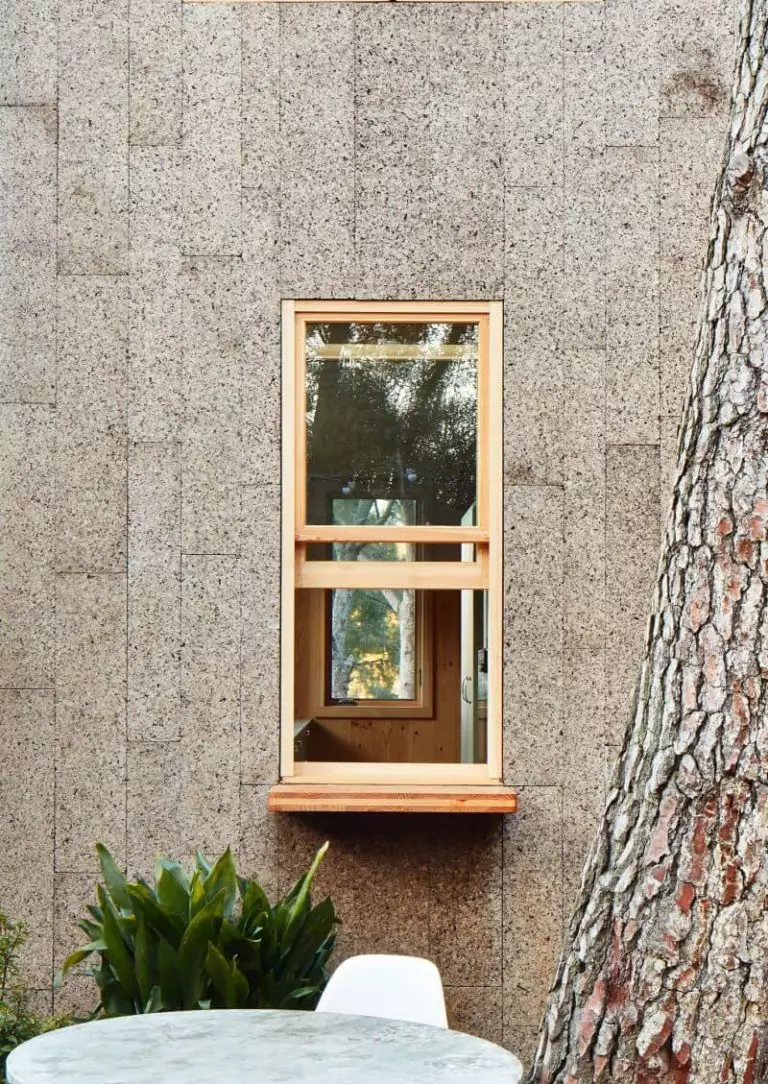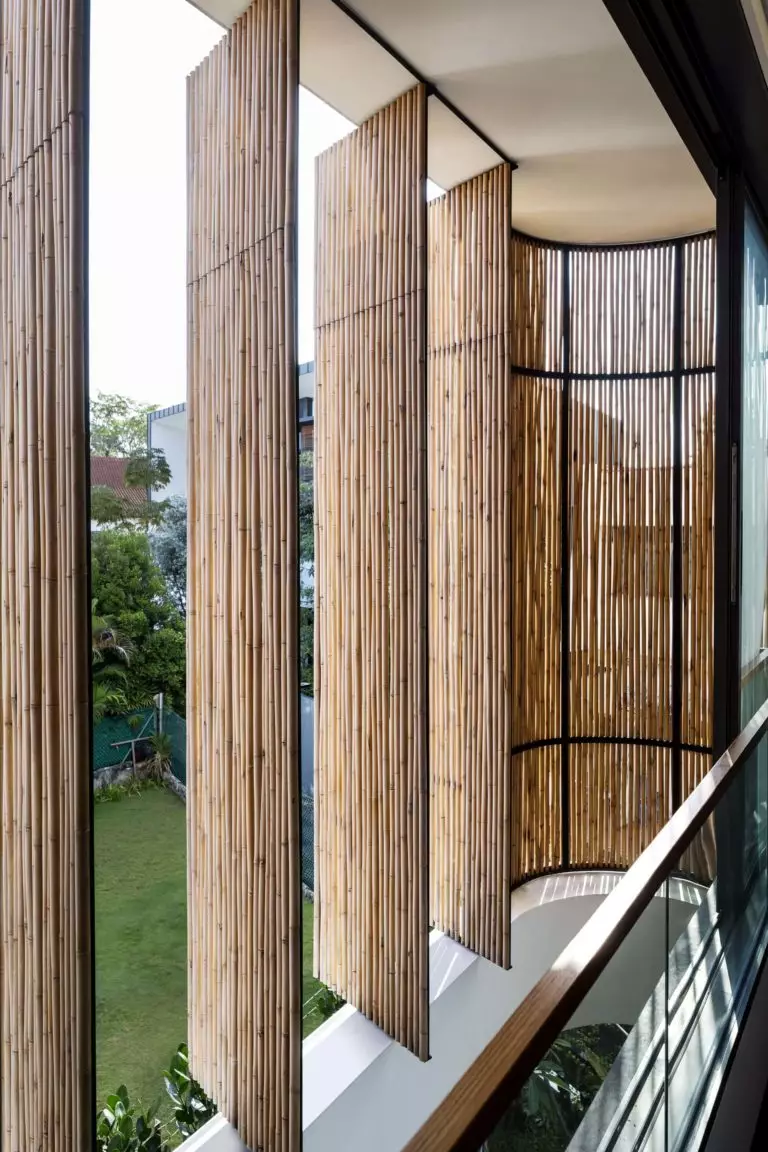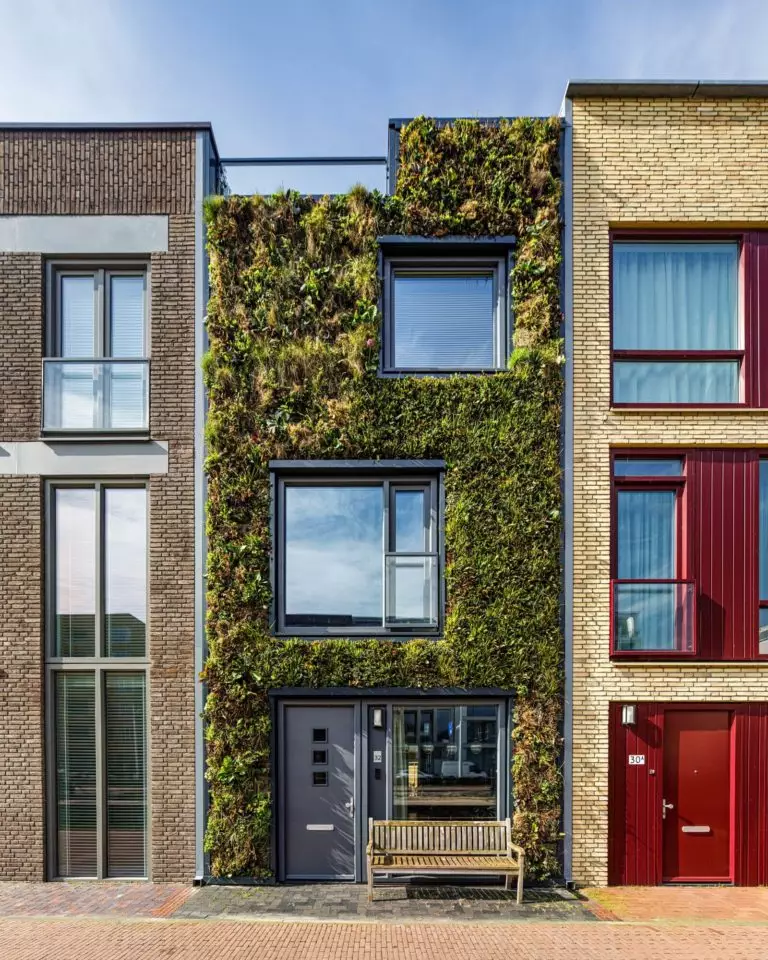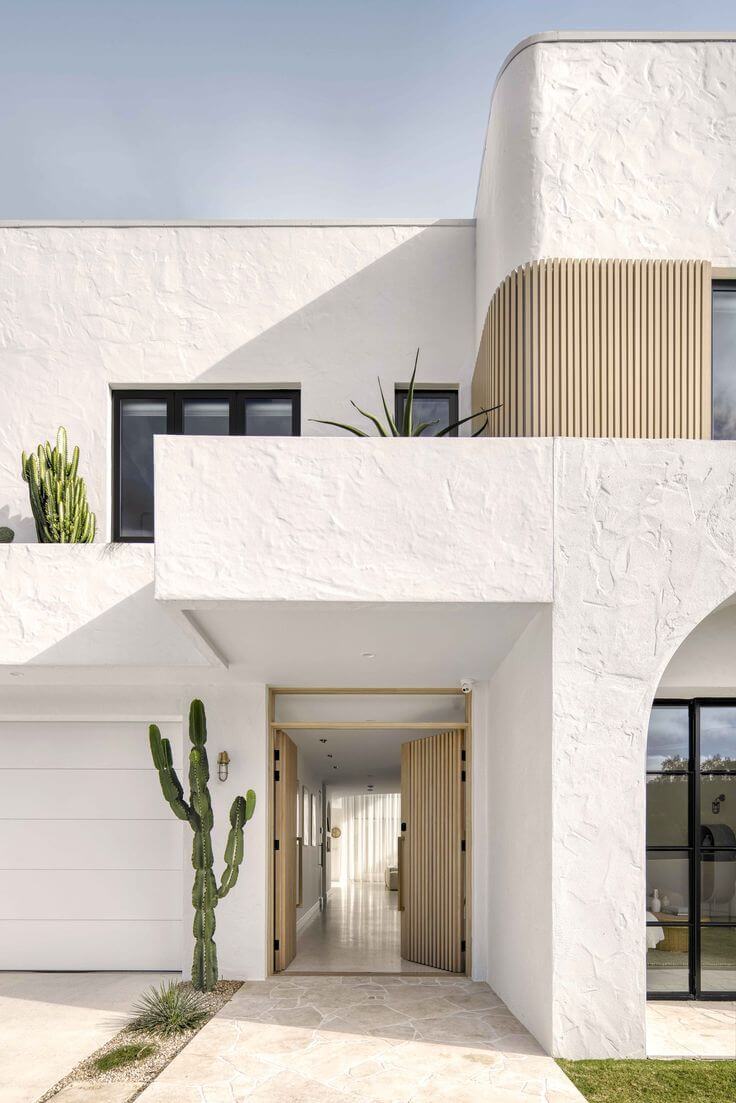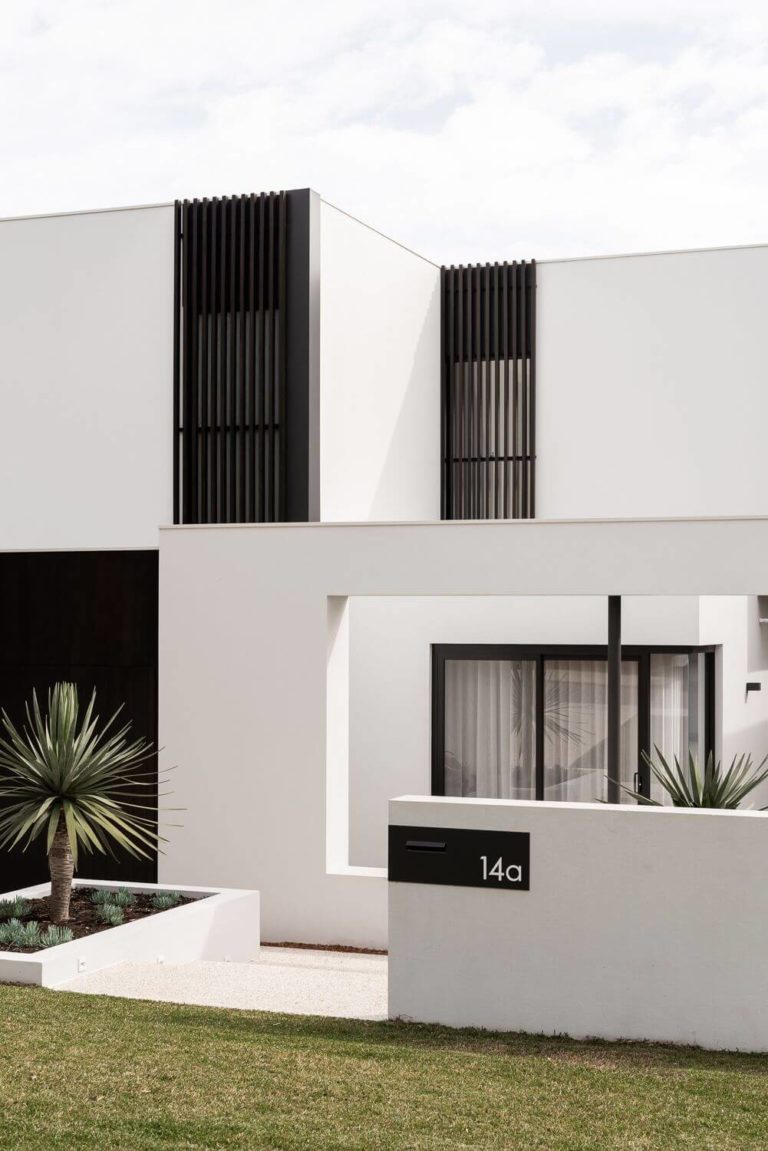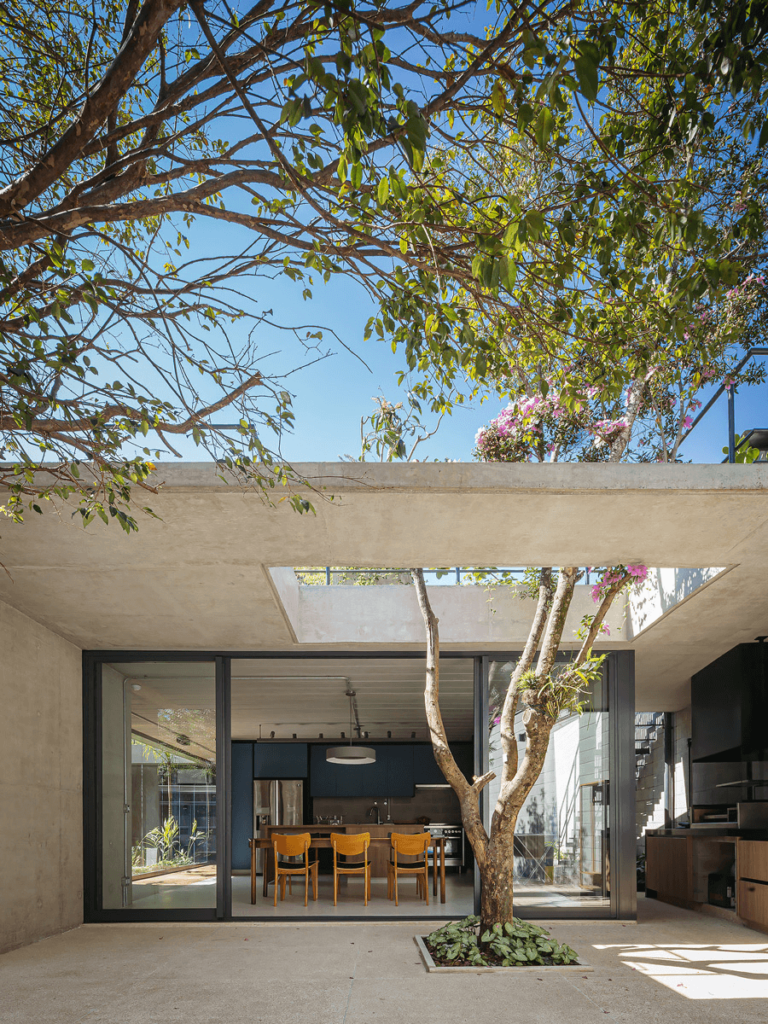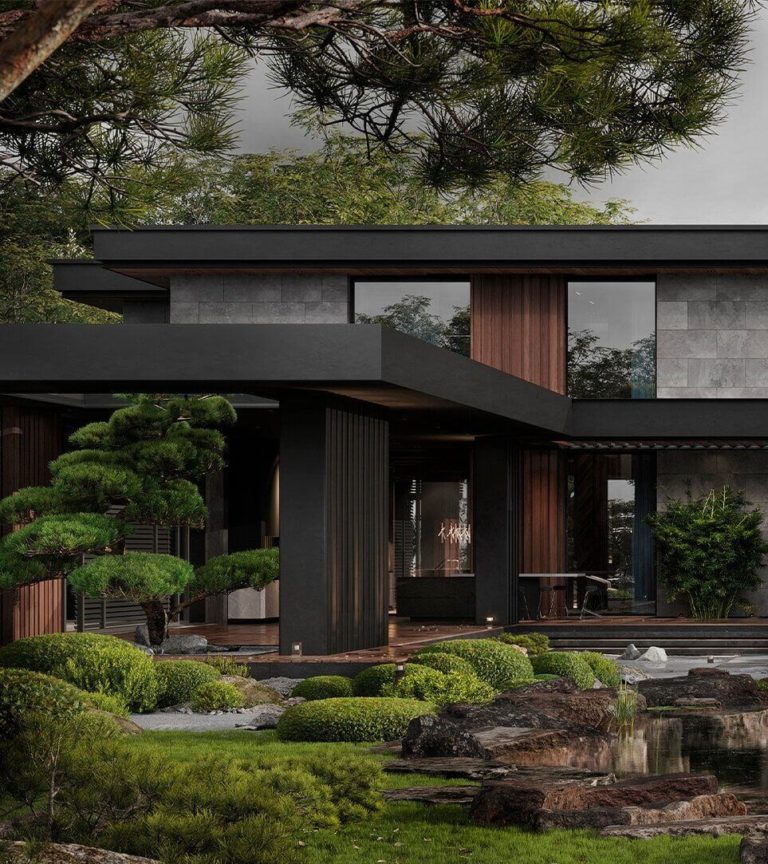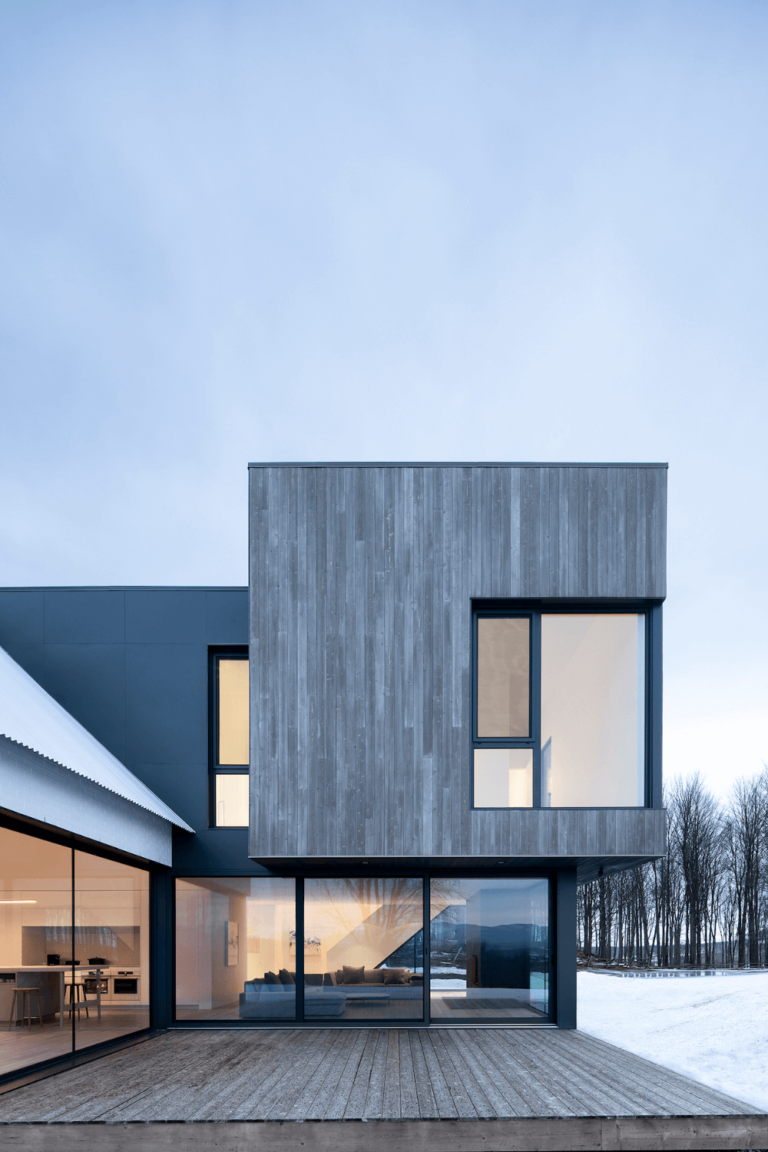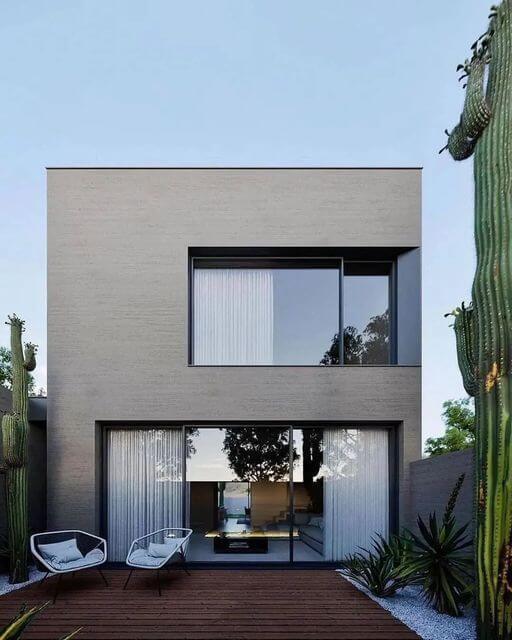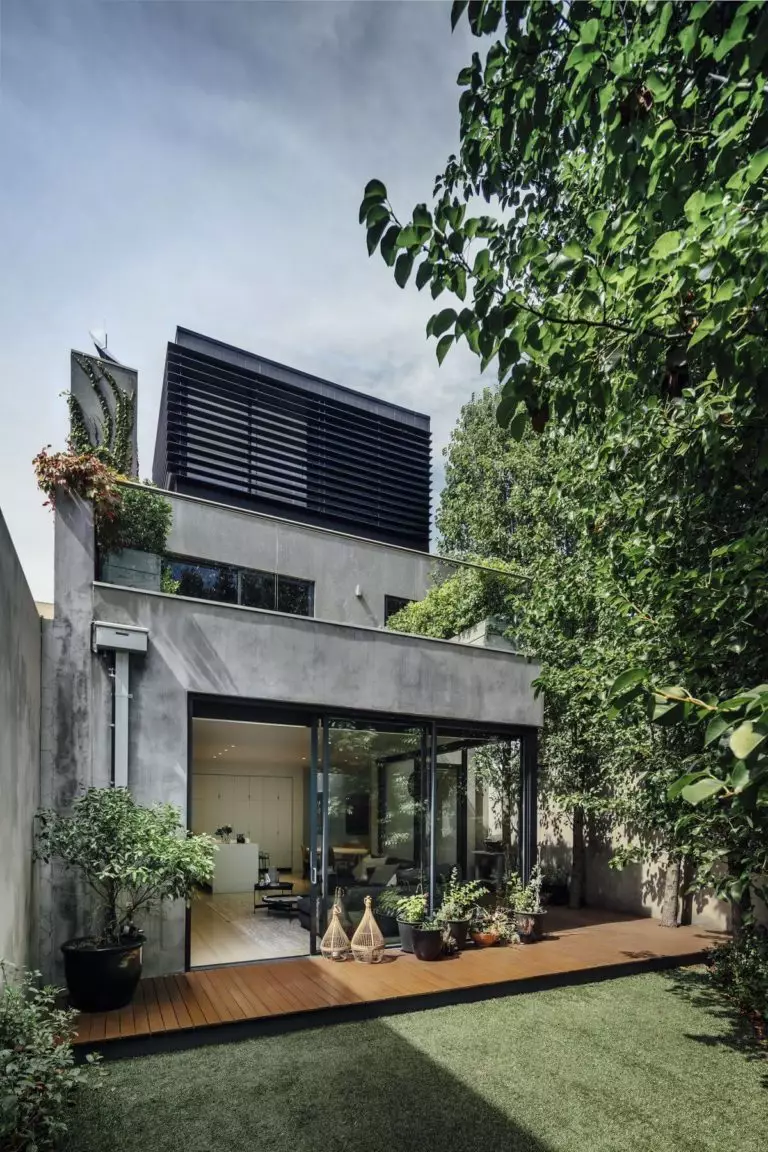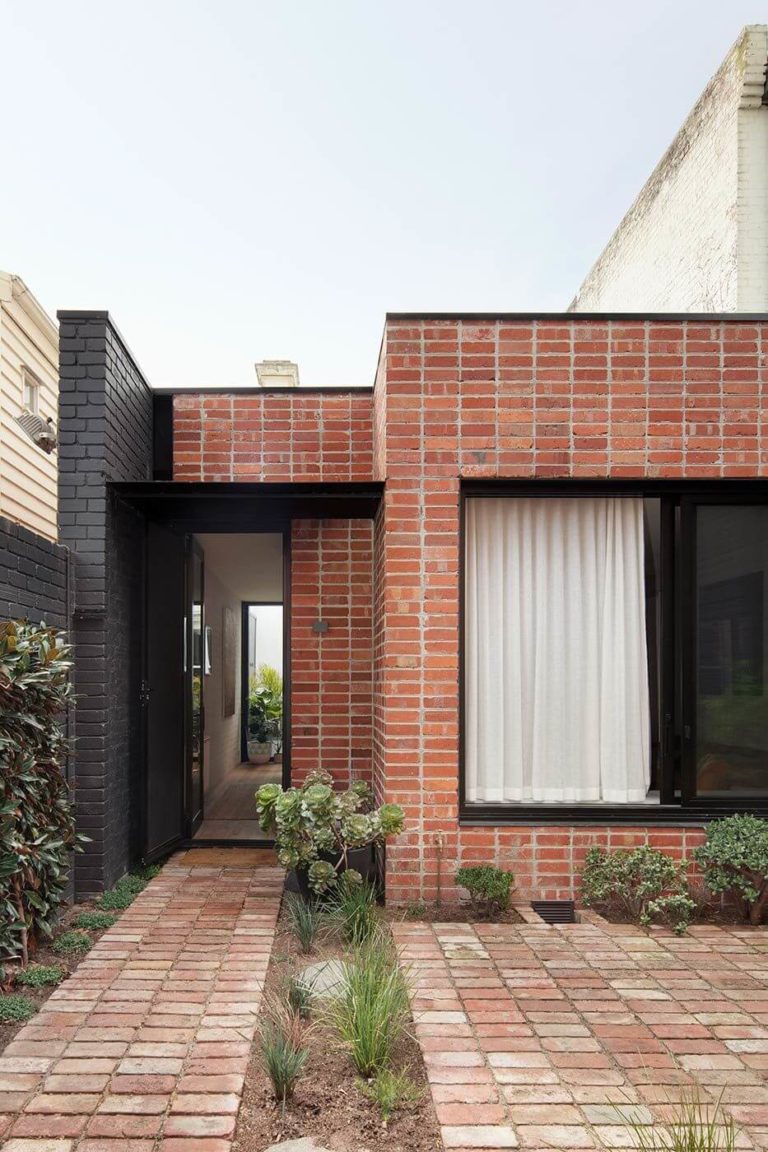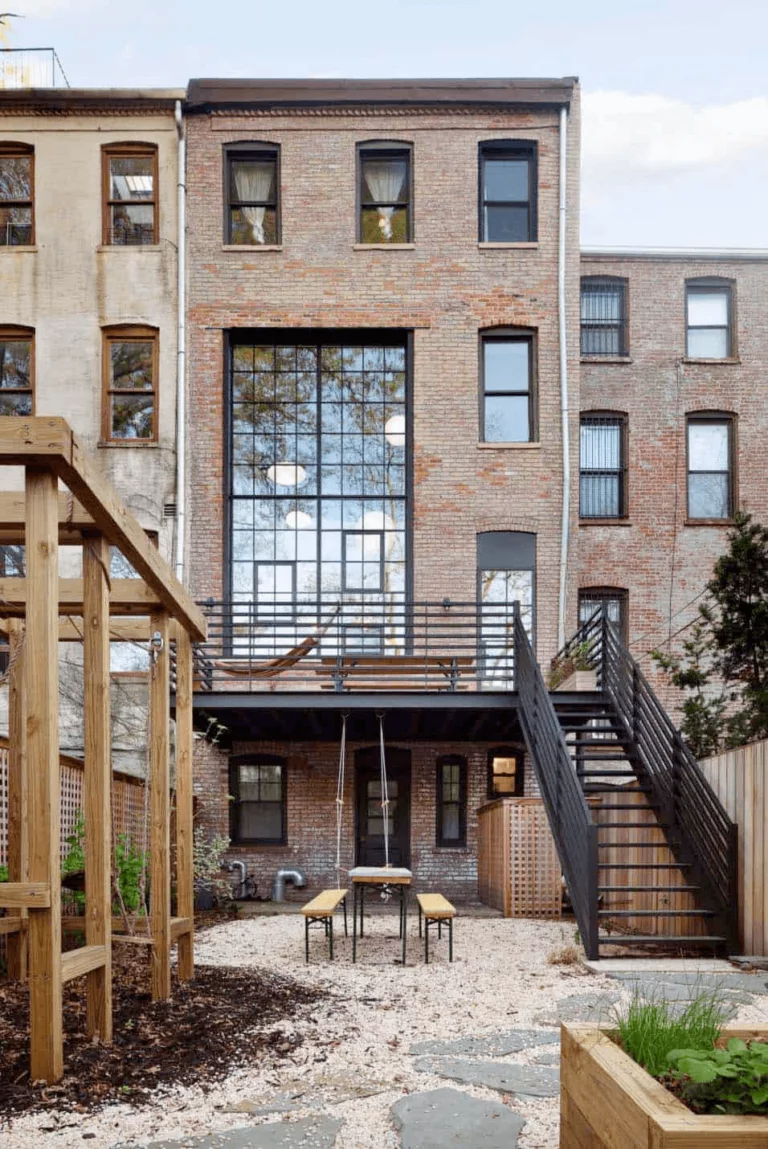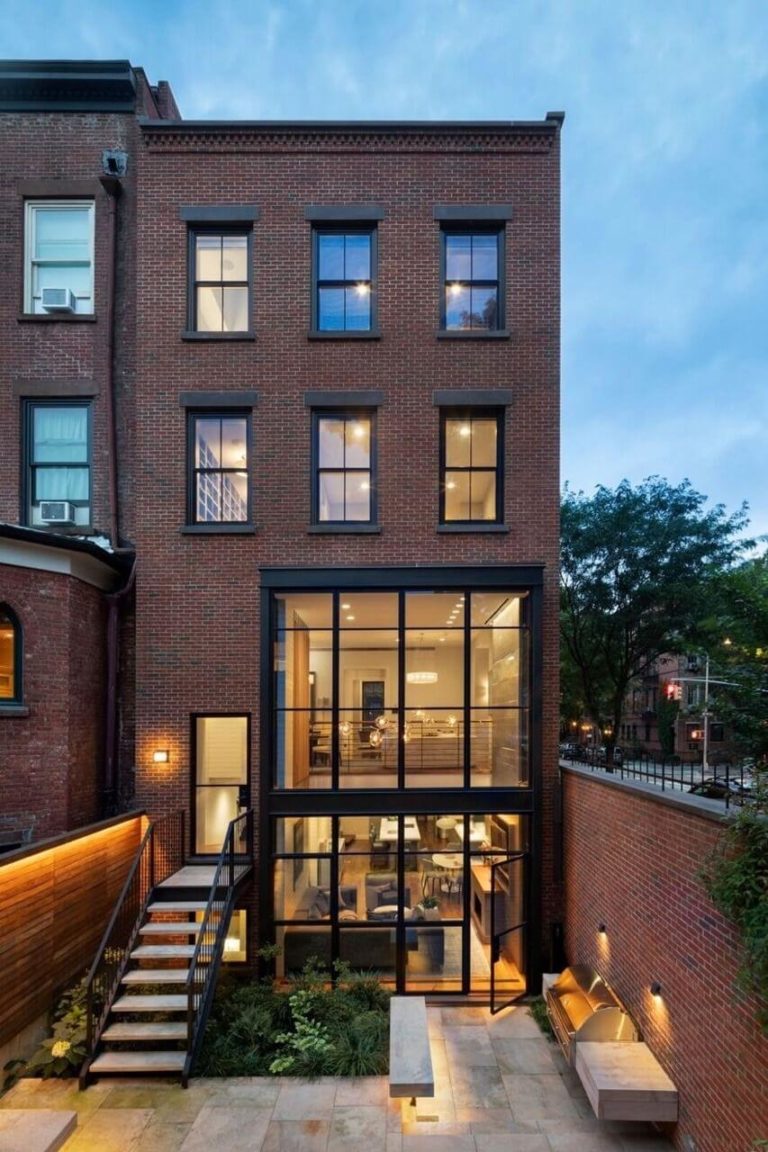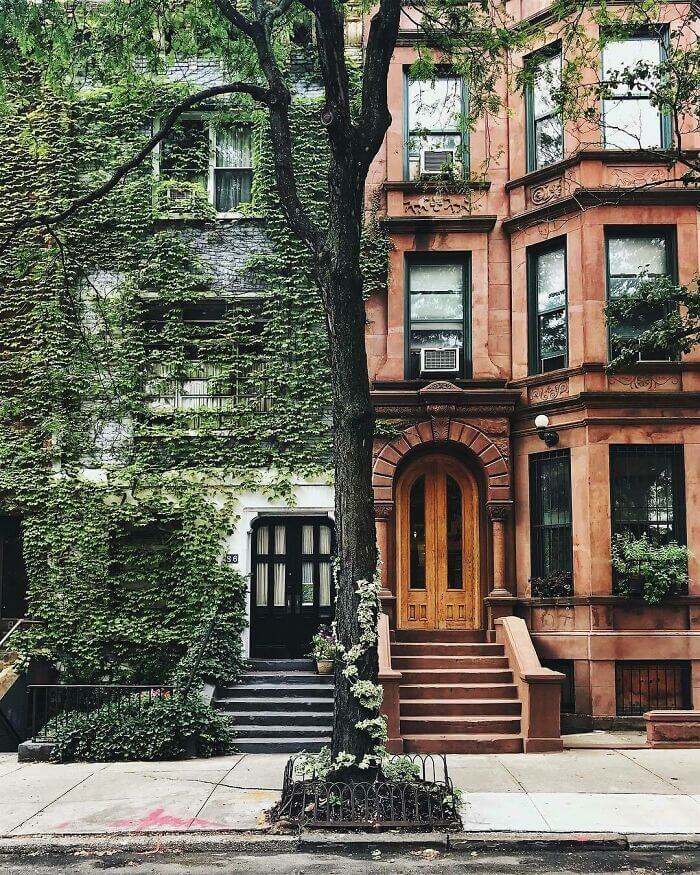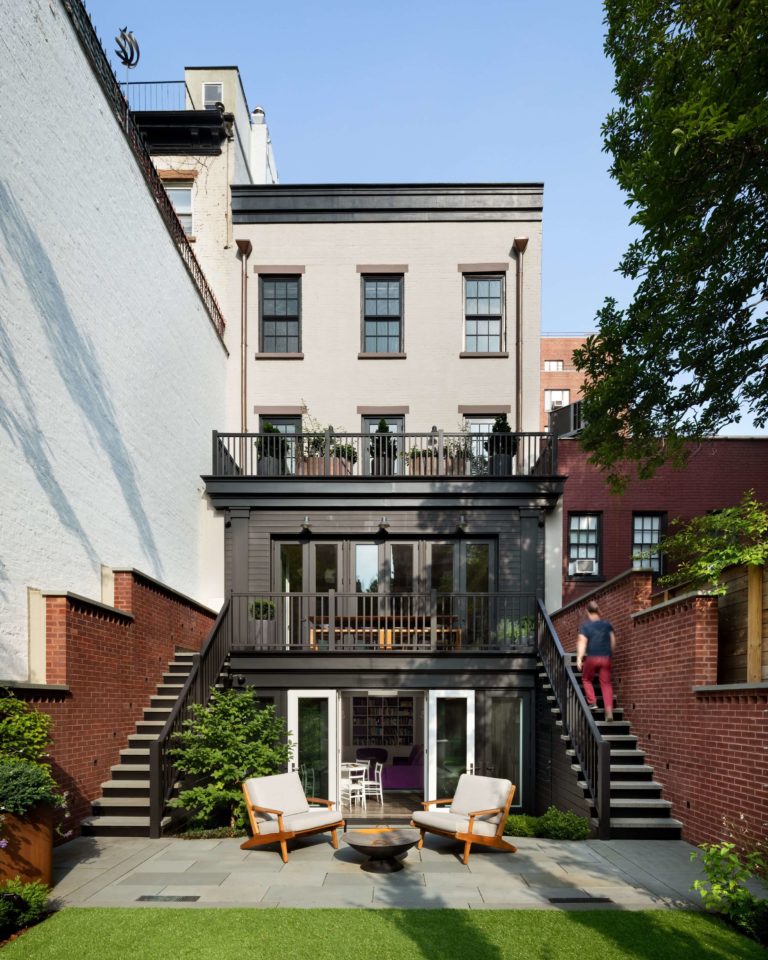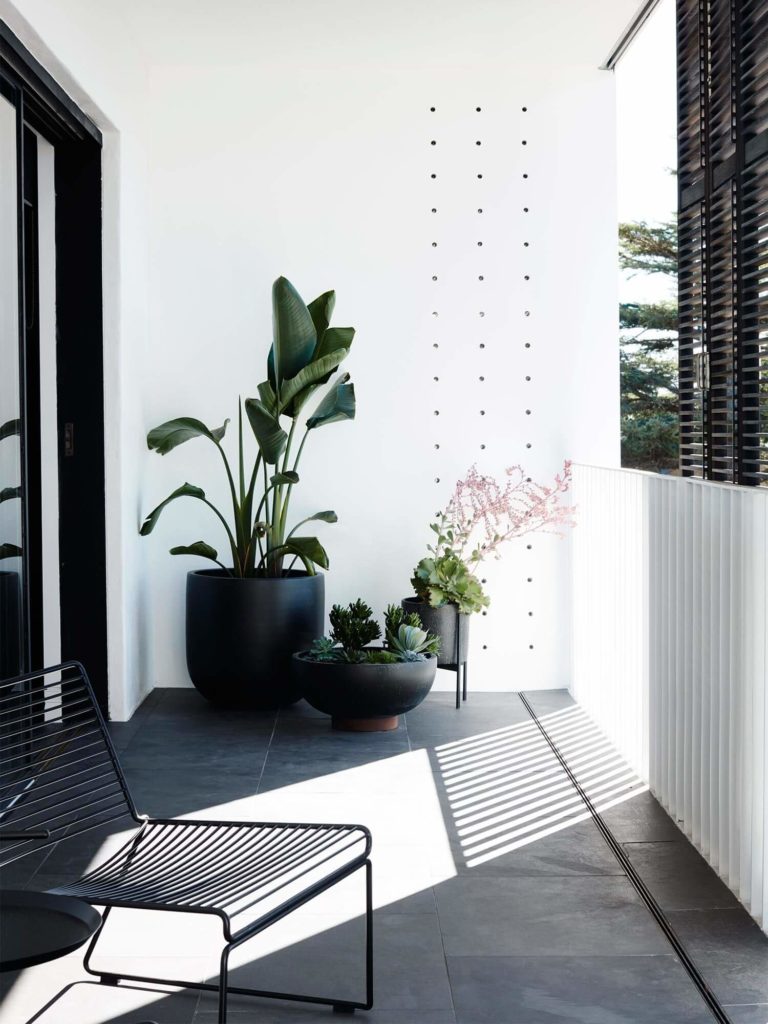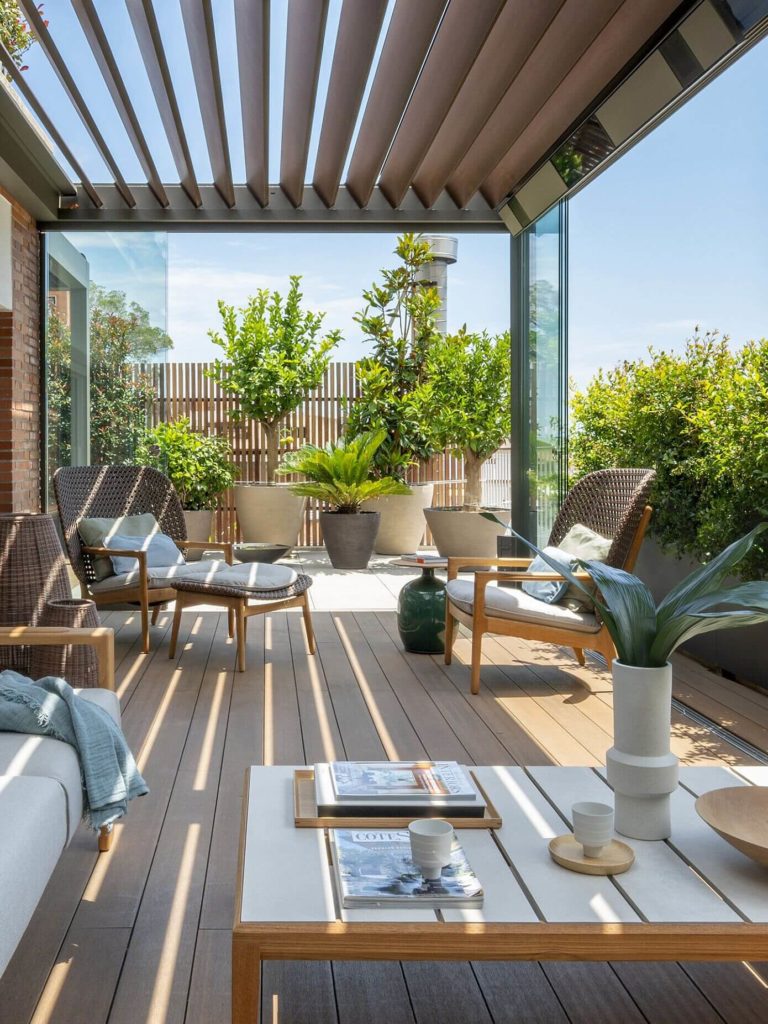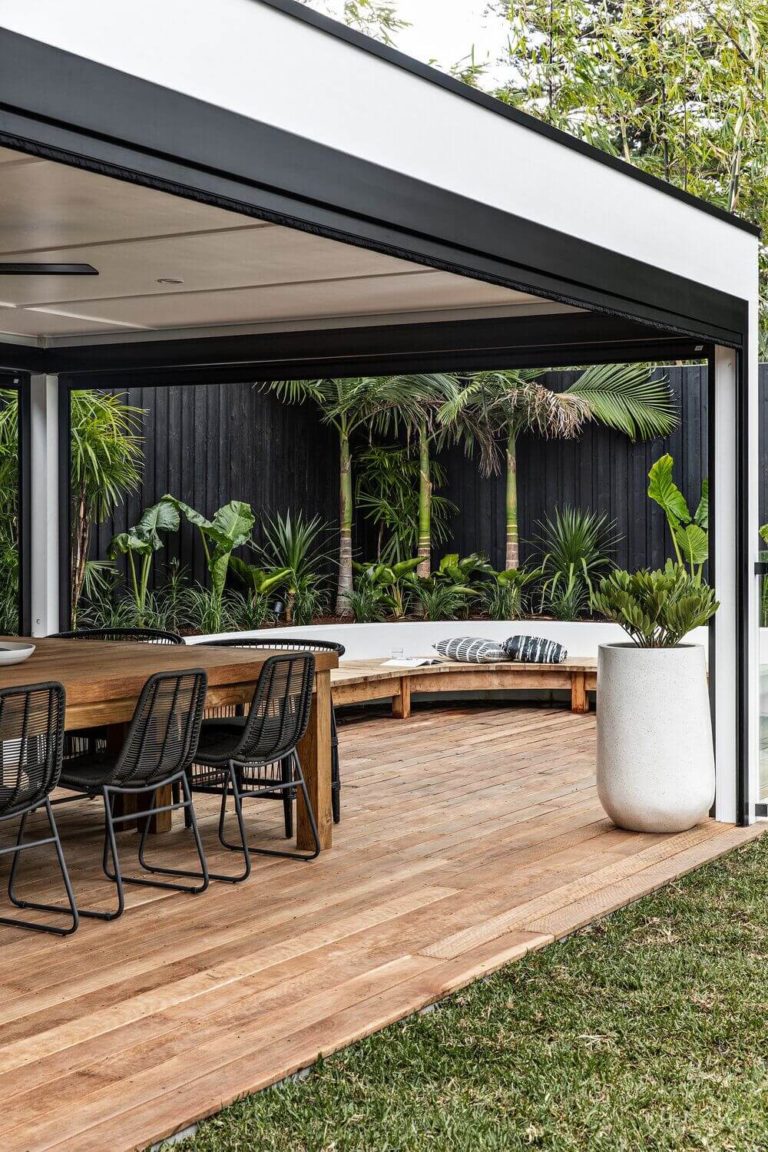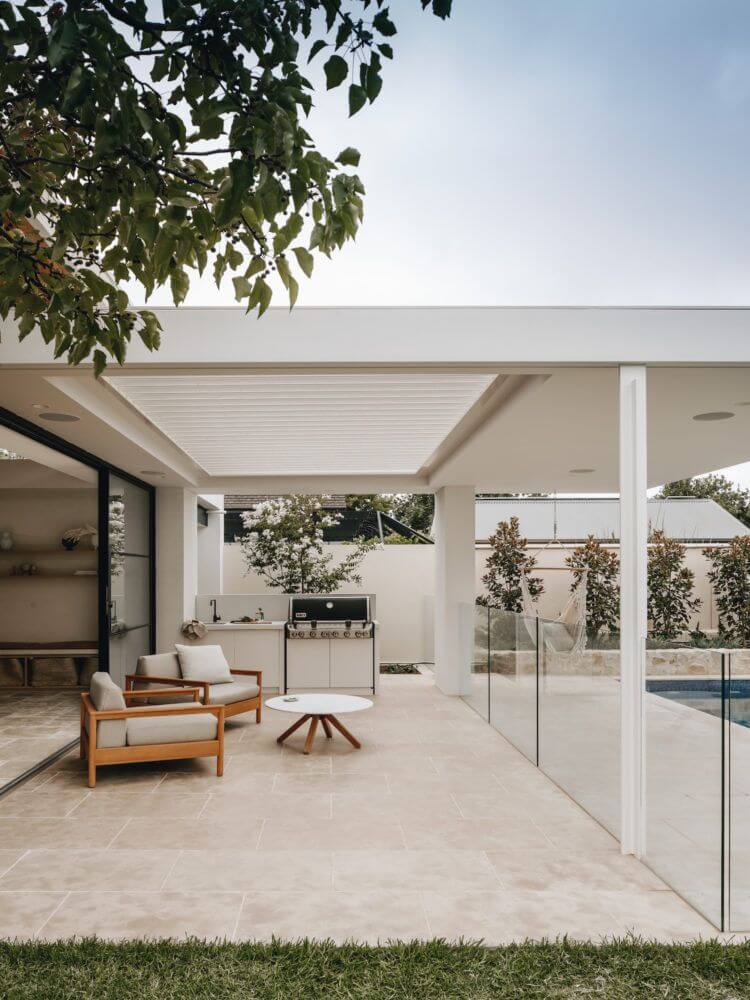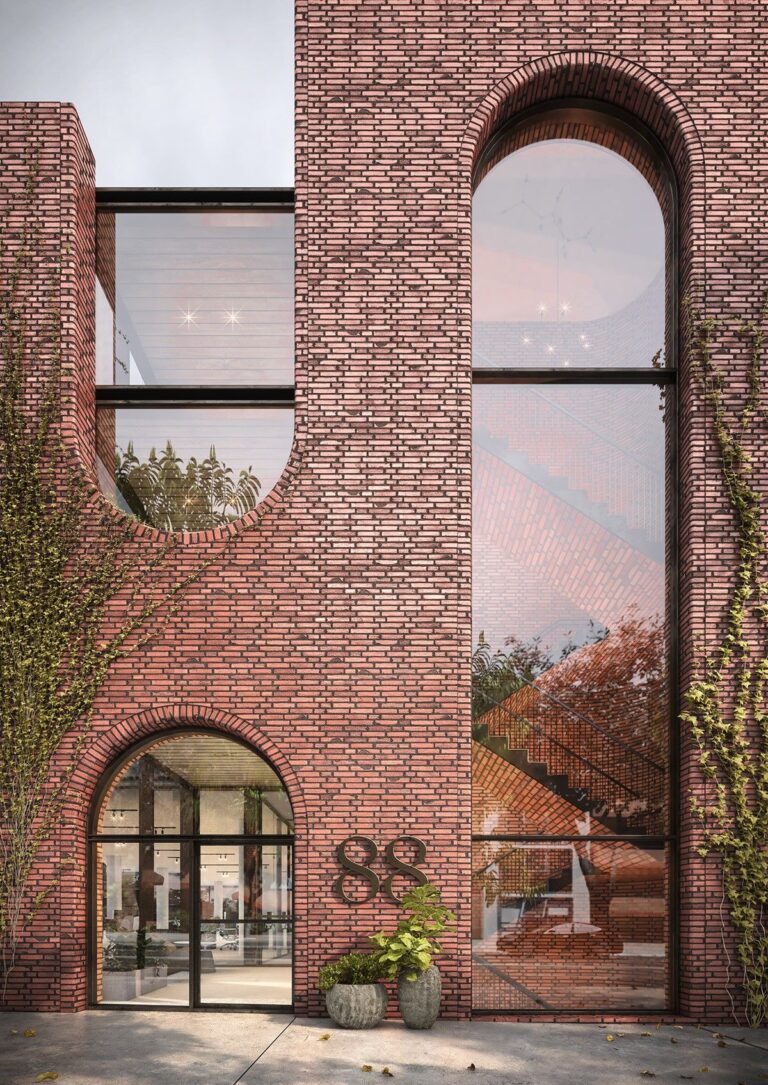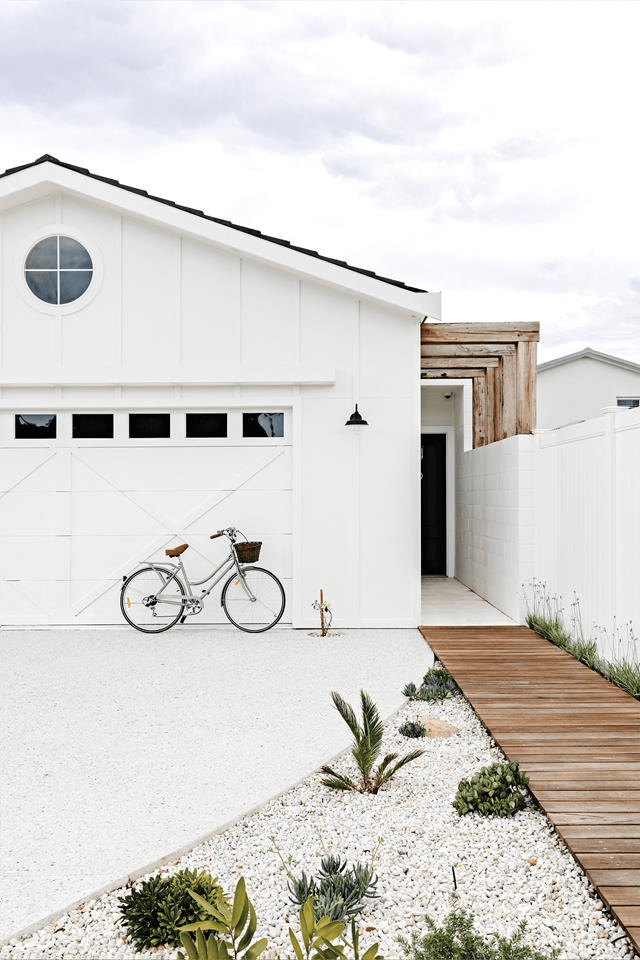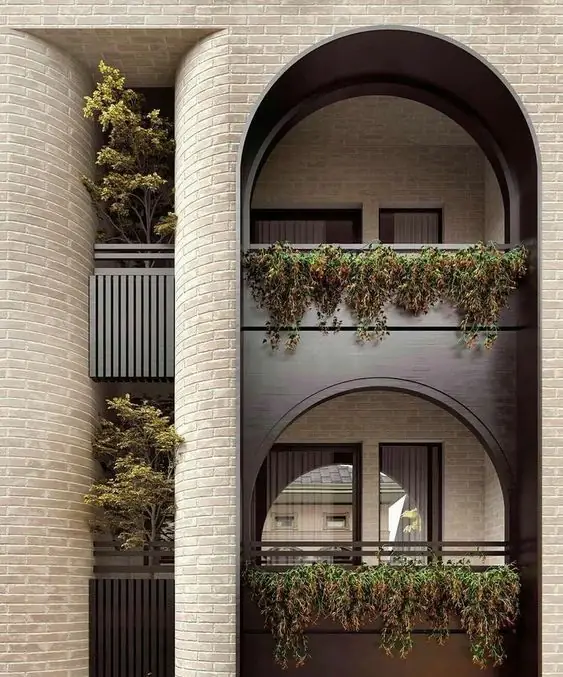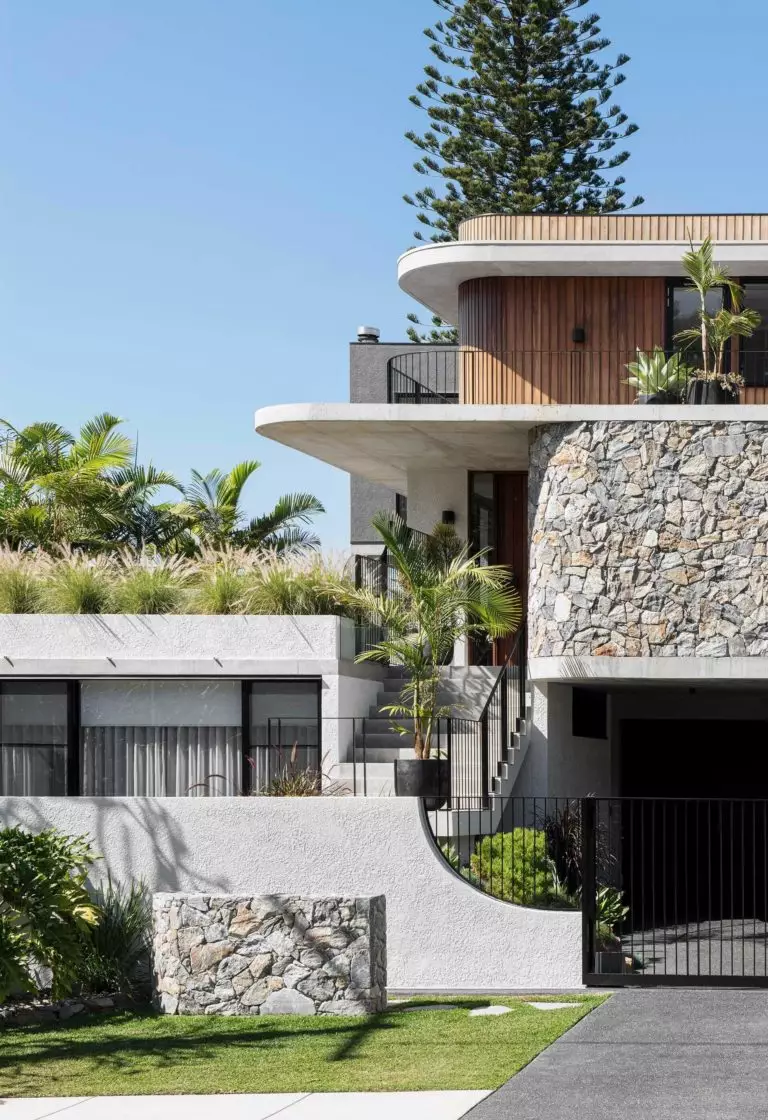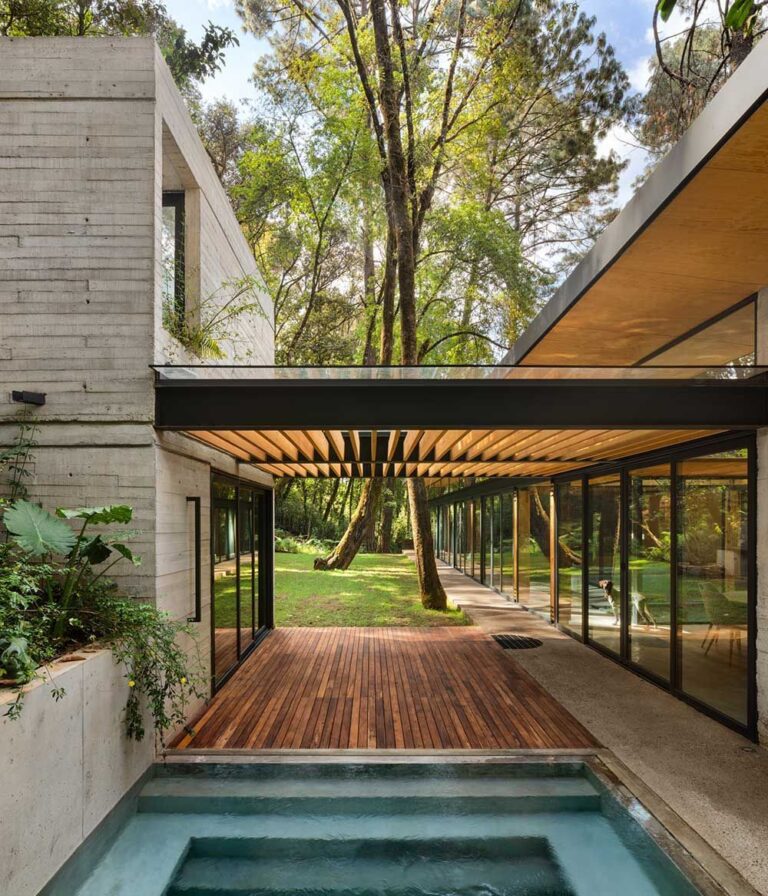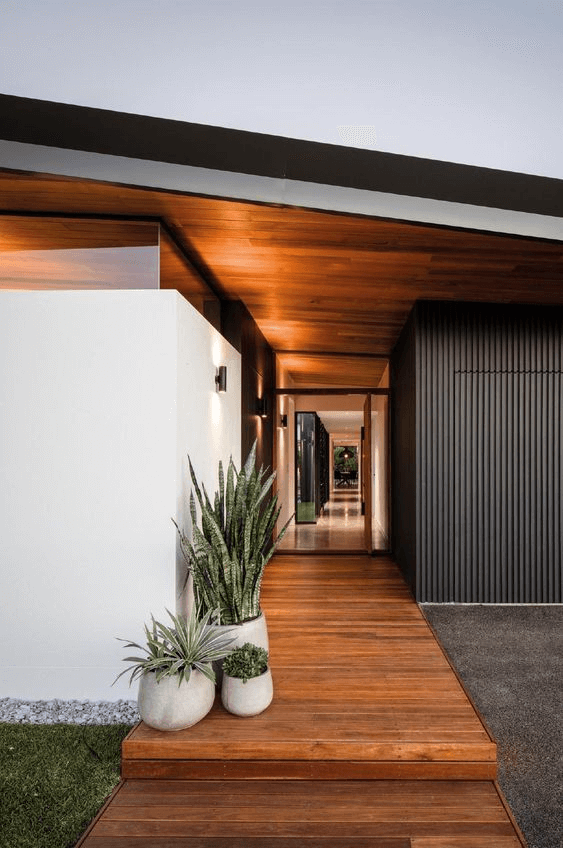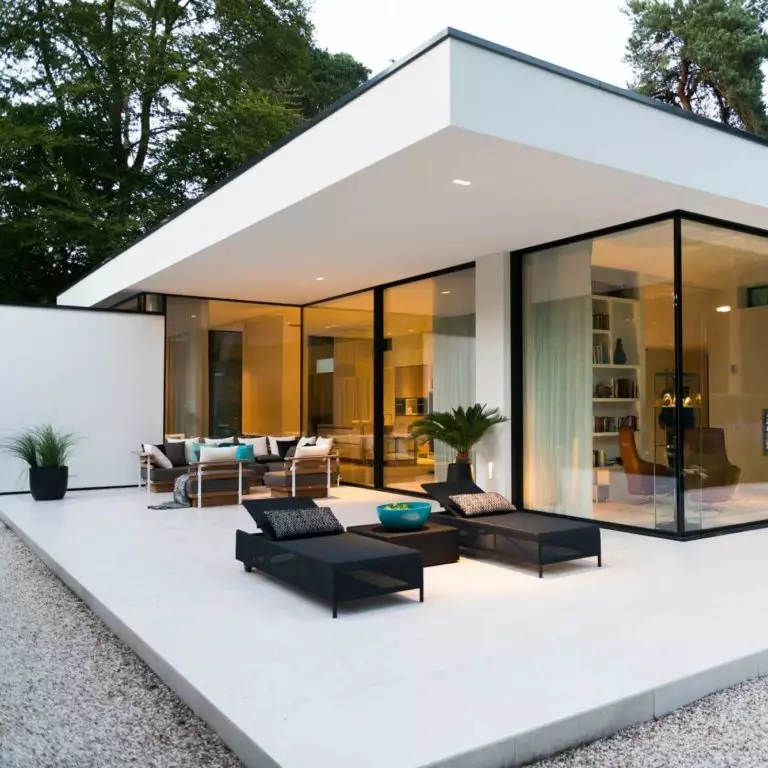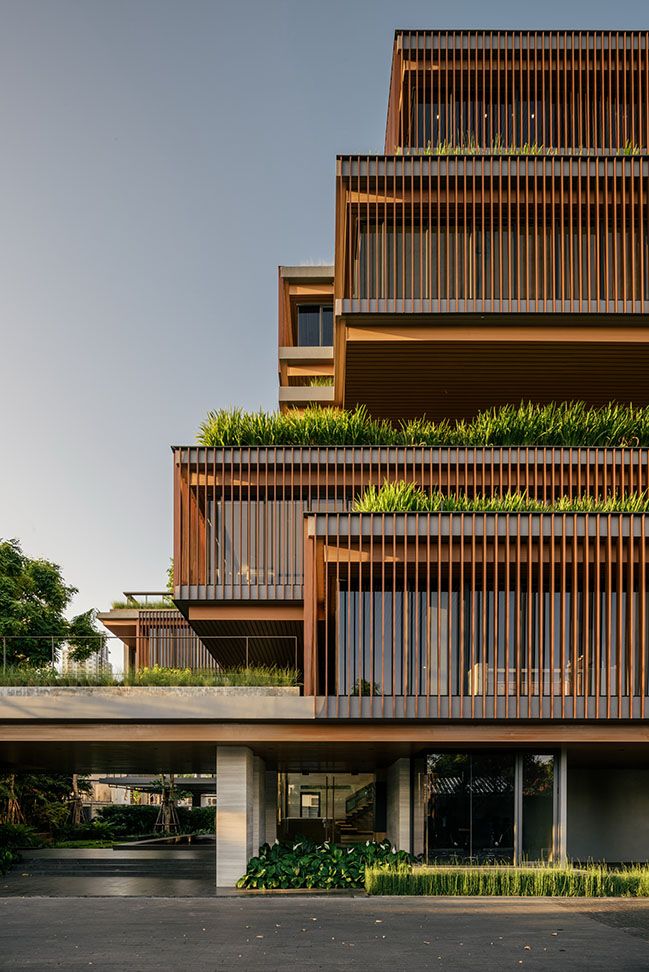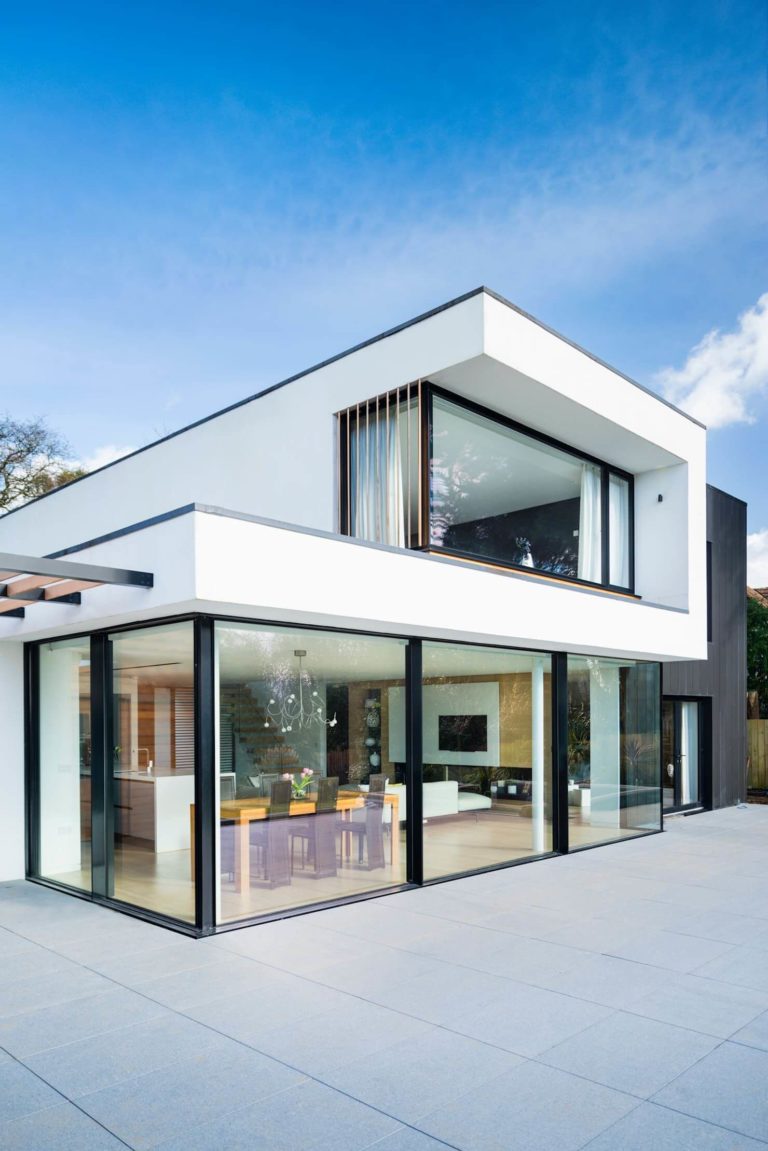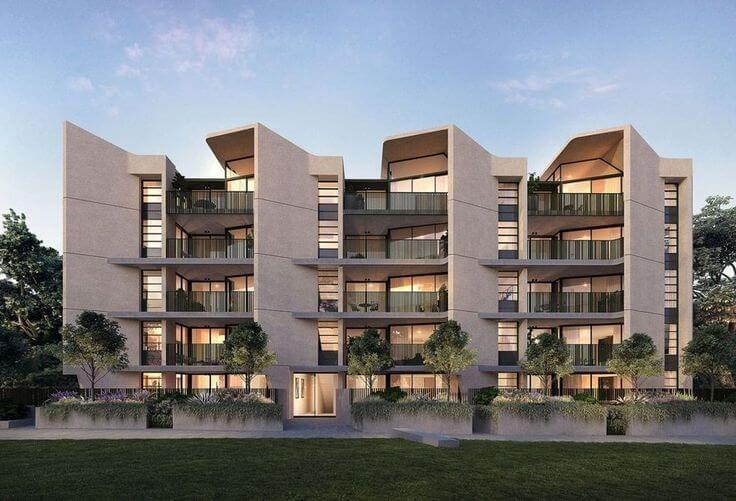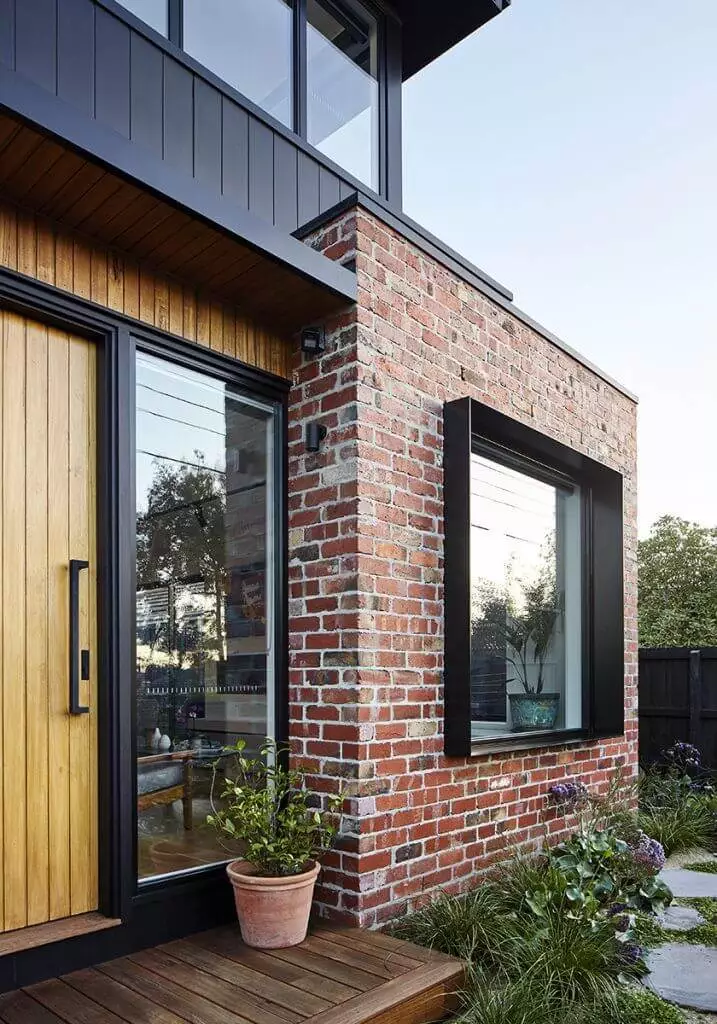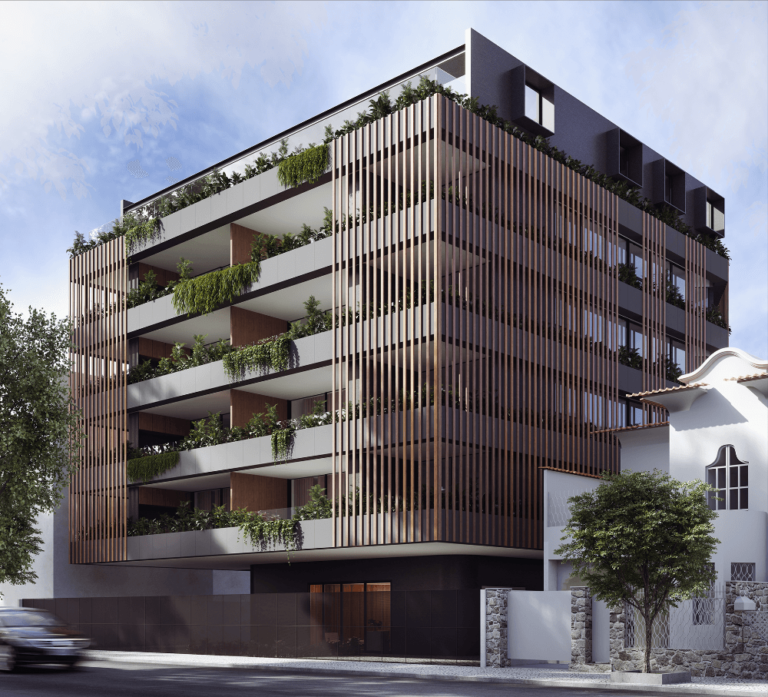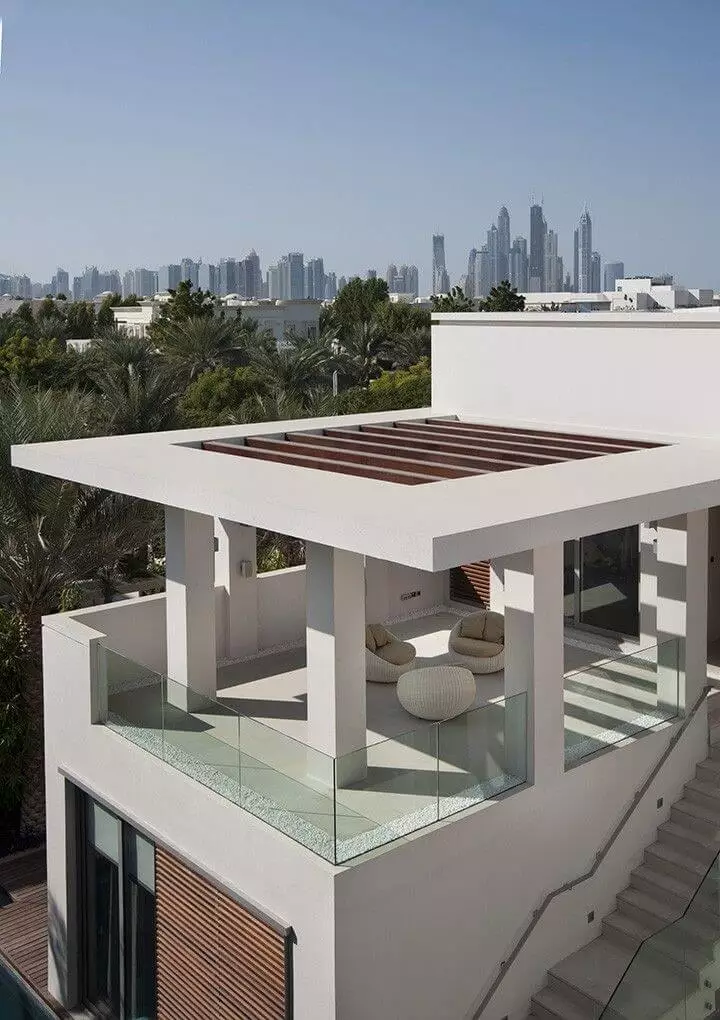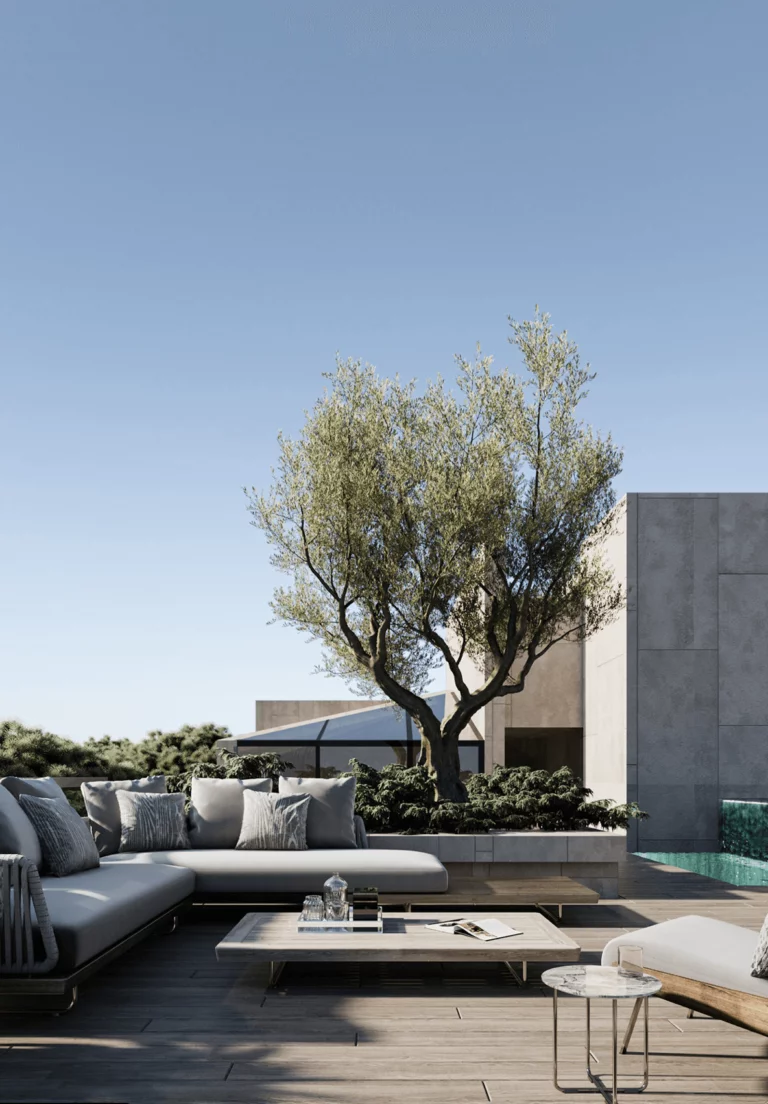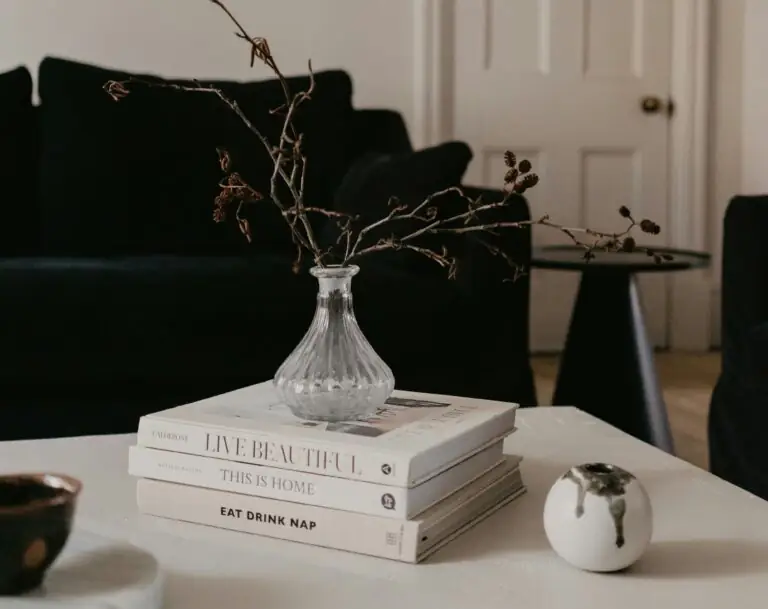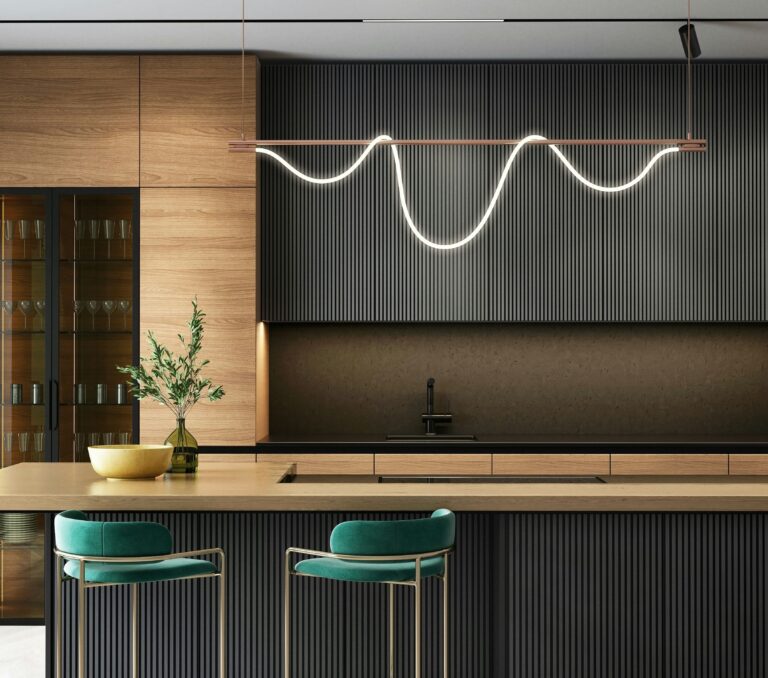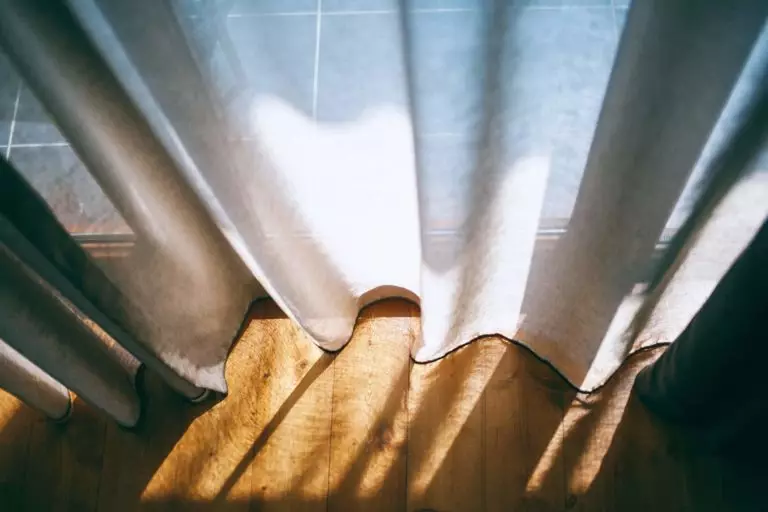Modern Architectural Design Trends 2024
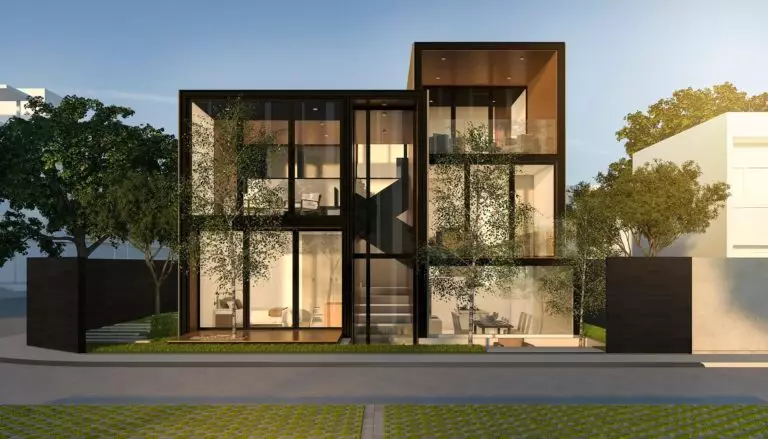
A lot has been said about interior design trends for the new season. Now is the time to discuss modern architectural trends that will define the look and plans of our houses and apartments soon. Today, when the harmony of external and internal is important everywhere, it is imperative to find a solution for the exterior and your home architecture that fully corresponds to your mood and current trends among architects – especially since it is from them that you can get a lot of extraordinary ideas.
Like 2023, 2024 focuses on new and emerging technologies, durable architectural elements, and conscious consumption. Also, architecture today is a reflection of social trends. Therefore, using recycled materials, alternative energy sources, and utmost care for the environment and your well-being will again come to the fore. But first things first. We will present ten architectural trends we will get to know even better in the coming season.
1. Eco-House: Energy-Saving Technologies
If we talk about ultra-current architectural trends, passive houses or eco-houses will surely be at the top of the hit list. Such residential buildings aim to reduce energy consumption as much as possible, primarily by reducing the heat loss of the building. A similar effect can be achieved using the following techniques:
In principle, an ideal eco-house does not require the cost of cooling and heating the air to a comfortable temperature – it is assumed that people and household appliances provide heat in it, and balanced architectural solutions provide cooling.
2. Going Green with Biophilic Architecture
Eco-style is undeniably a favorite. Over the past few years, architects have been actively working to implement the idea of being as close to nature as possible. So, in 2024, a true symbiosis of natural solutions’ active use and a conscientious attitude to the environment will reign. In the architecture of new buildings, this appears as follows:
3. Updated Minimalism
While maximalism takes the lead in interior design, for exterior design, the refusal of excesses, pretentiousness, and excessive piling up of elements makes it logical to pay close attention to minimalist architecture. The direction was actively developing in the 50s-60s of the last century. Still, in 2024, it enters a new round of popularity due to its characteristic features, consonant with the widespread desire for functionality and harmony:
4. In Pace with the Industrial Style
The Industrial style in architecture originated in the 40s of the last century among American metropolises, in which abandoned and deserted industrial buildings were increasingly given away for rental housing. At first, living in such buildings seemed like something overwhelming and extreme. Still, over time, the bohemia of New York found in them unconditional advantages – such as substantial open spaces, excellent natural light, and high ceilings. Gradually, such housing became incredibly fashionable – and its features formed a separate direction in construction.
Today’s industrial style is more flexible and intimate and, therefore, easily adaptable to private houses of any size. Modern trends towards laconicism and environmental friendliness have allowed such residential buildings to be among the most popular – all the more, so their features are very recognizable:
5. Smart Houses Require Smart Solutions
The “smart home” systems come to the fore in the era of functionality and concern for nature. Highly intelligent devices provide high-quality ventilation, comfortable control of lighting and household appliances, and maximum safety, creating a cozy and high-tech oasis for homeowners. However, another thing is also essential: such systems are incredibly efficient in regulating energy consumption, which is especially valuable for environmentally conscious people.
6. Restoration of Old Buildings
This trend cannot be called revolutionary since it has been actively developing over the past decade. And yet, the architects promise to pay maximum attention to reconstruction in 2024 as part of the latest architectural trends. The restoration of old and abandoned residential and industrial buildings allows us to solve several incredibly urgent problems in the modern world:
Also, experts have repeatedly noted the reliability of interesting and convenient layouts of buildings of the past decades and even centuries. Their restoration makes it possible to provide many with beautiful and truly durable housing.
7. Looking Outdoors for Functionality and Comfort
In 2024, the architects are proposing to ensure the most comfortable outdoor experience for themselves, and therefore, such elements as verandas, balconies, terraces, and patios take on special significance. Today, their design should be given as much attention as the interior. Moreover, it is necessary to ensure their functioning all year round. For this, carefully designed panoramic and partial glazing, sophisticated sun protection, air conditioning, and materials with high climatic resistance are used.
8. Accessible and Inclusive Architecture
One of the most essential new architectural trends in this design age is making architecture more accessible and inclusive, meeting the needs of all individuals. Thus, architects use rendering tools that help them visualize new buildings with functional spaces welcoming to everyone.
9. Net-Zero Buildings
In 2024, architectural trends will focus on combating the carbon footprint as much as possible. Experts predict there will be many sustainable practices, like using solar energy and geothermal systems. Moreover, such buildings are expected to generate as much energy as they use or even go beyond and become energy sources due to their renewable energy options – solar panels.
10. Well-Being-Focused Spaces
Unsurprisingly, in an era when comfort reigns supreme, architects pay as much attention to integrating well-being into new projects. In 2024, modern architecture will take an unexpected turn towards thoughtful spaces by ensuring more natural light, using more eco materials, and even integrating acoustic systems for the best experience ever in new buildings.
2024 Architectural Design Trends: Conclusion + Photo Gallery
For the next few years, the architectural trends call for you not to isolate yourself from nature but to feel an unprecedented unity with the environment while not forgetting about your own comfort and inner harmony.
